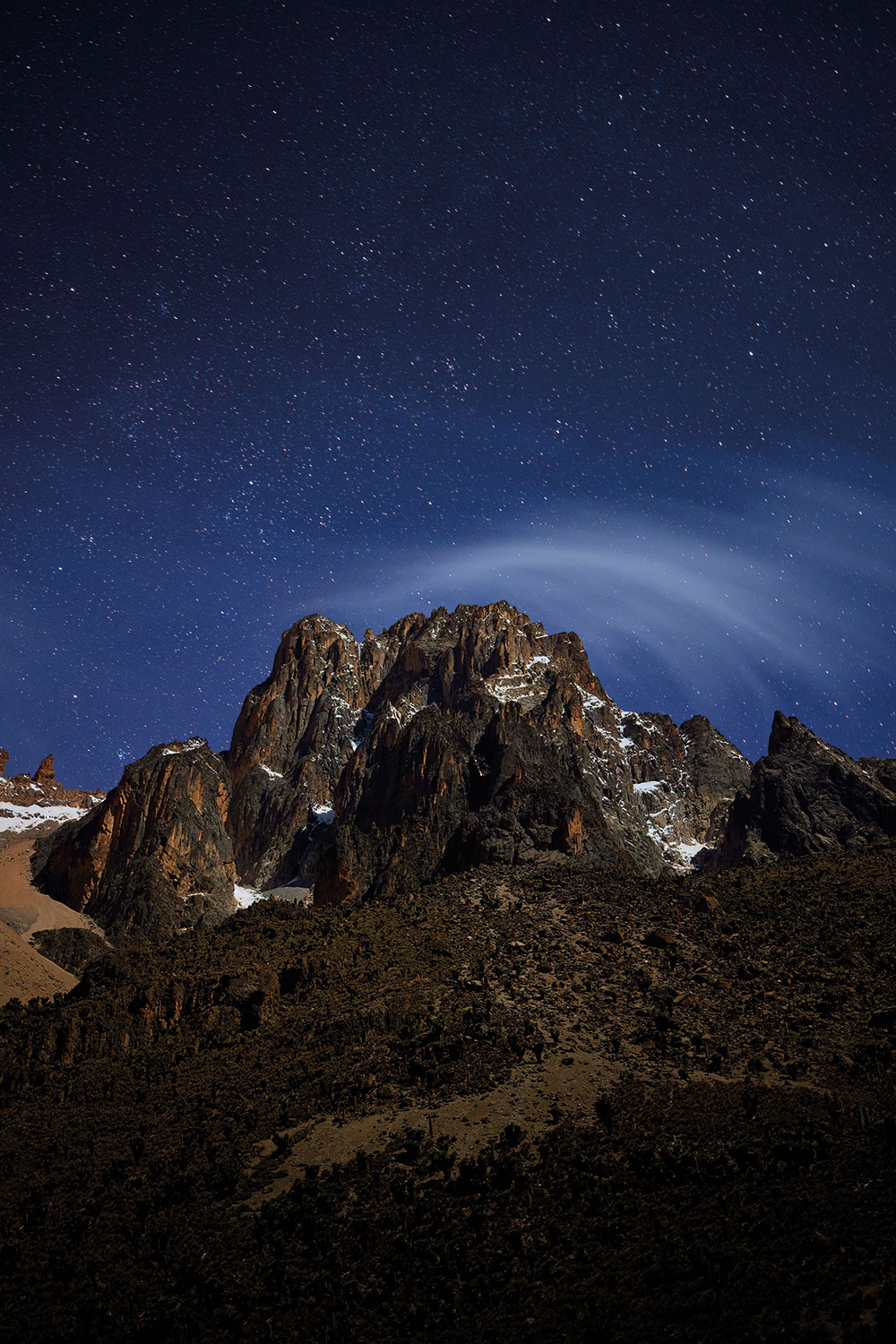Text: Ilaria Chiavacci
Photos: Paolo Sartori
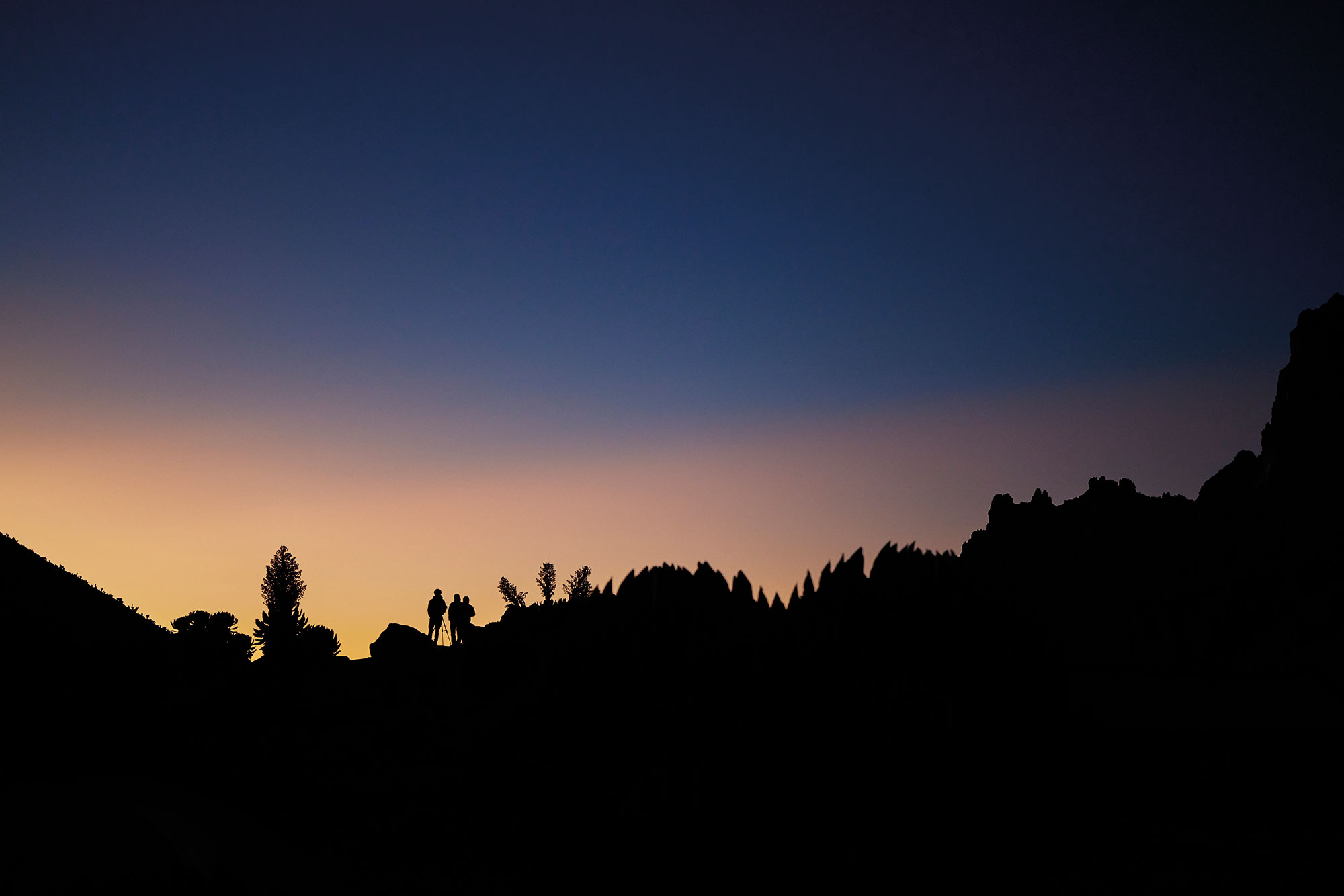
Mount Kenya Expedition
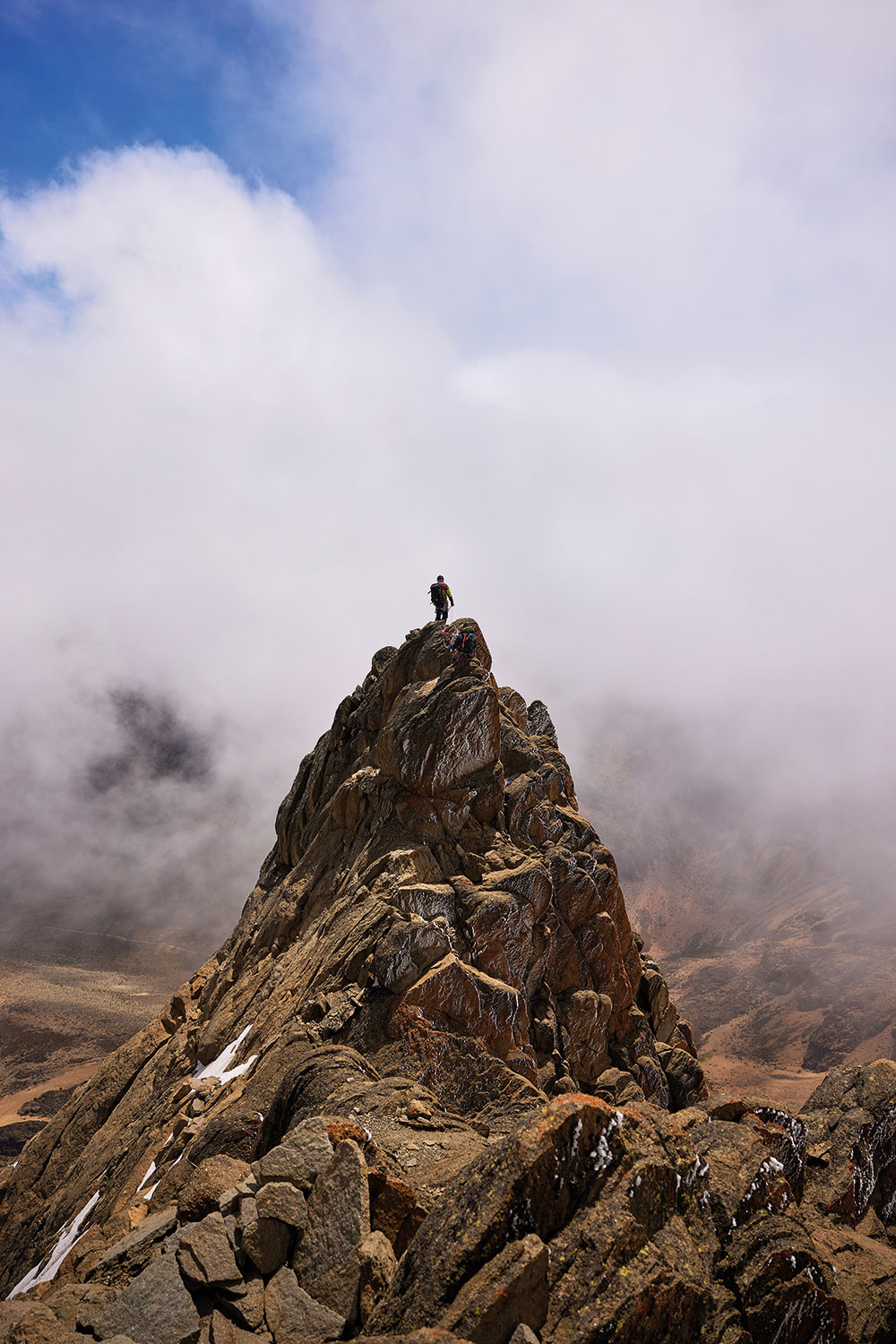
Paolo Sartori is a photographer and a videomaker, but above all a profound connoisseur, a lover of the mountains and a mountaineer. Back from his last expedition to Mount Kenya, he shared with us some of the reflections he had during the mission.
Italy – Nairobi – Mount Kenya and back: Paolo Sartori, together with the crew made up of Tazio Ferrari, Alain Vignal, Mattia Lia and Lena Drapella, returned a few months ago from the ascent of Mount Kenya, the second highest African mountain after Kilimanjaro. “Unlike Kilimanjaro, which is very popular, only a few people go up to Mount Kenya: while you reach the top of the first with a trek, the other one is more technical and you have to really climb to reach the summit.”
Nothing that you haven’t already done in the Alps or around the world…
Yes, both the other guys and I have a fair amount of experience in the mountains and we are used to much more technical peaks. Tazio and Alain are also mountain guides, so a climb of classic difficulty such as Mount Kenya certainly didn’t scare us. However, what put us in difficulty, and that taught us something, was the weather, or rather the lack of certain information about it and the conditions of the mountain. Usually it never happens to not have reliable reference sites, or not to know anyone who has already traveled the same route recently before you and who can give you information: making a couple of phone calls, in Italy you can quickly find out what the critical issues you will encounter will be, but in that situation we knew nothing. We knew we could tackle the climb, but we lacked a whole host of information that usually helps create our comfort zone as climbers. In other words, we were at the mercy of the mountain, having to rely only on what we could see, on our intuition and our experience. Then there is another factor to count, over there you are a week’s journey from Nairobi, in an area where there is no mountain rescue, therefore, although the mountain itself did not present particular critical issues, we were very scrupulous and the feeling it was to rediscover the spirit of mountaineering as it was 50, 60, or 70 years ago, or at least how we imagined it to be. Although these are routes repeated many times every year, the fact of being the only mountaineers in the area and having no information created an atmosphere that I did not experience even last year when, as a photographer, I followed two expeditions to Karakoram. In those cases, even if the ascent routes were much more difficult, accurate weather forecasts arrived at base camp on a daily basis. Going on a climb without having the slightest idea of how the weather will evolve was a new thing for all of us.
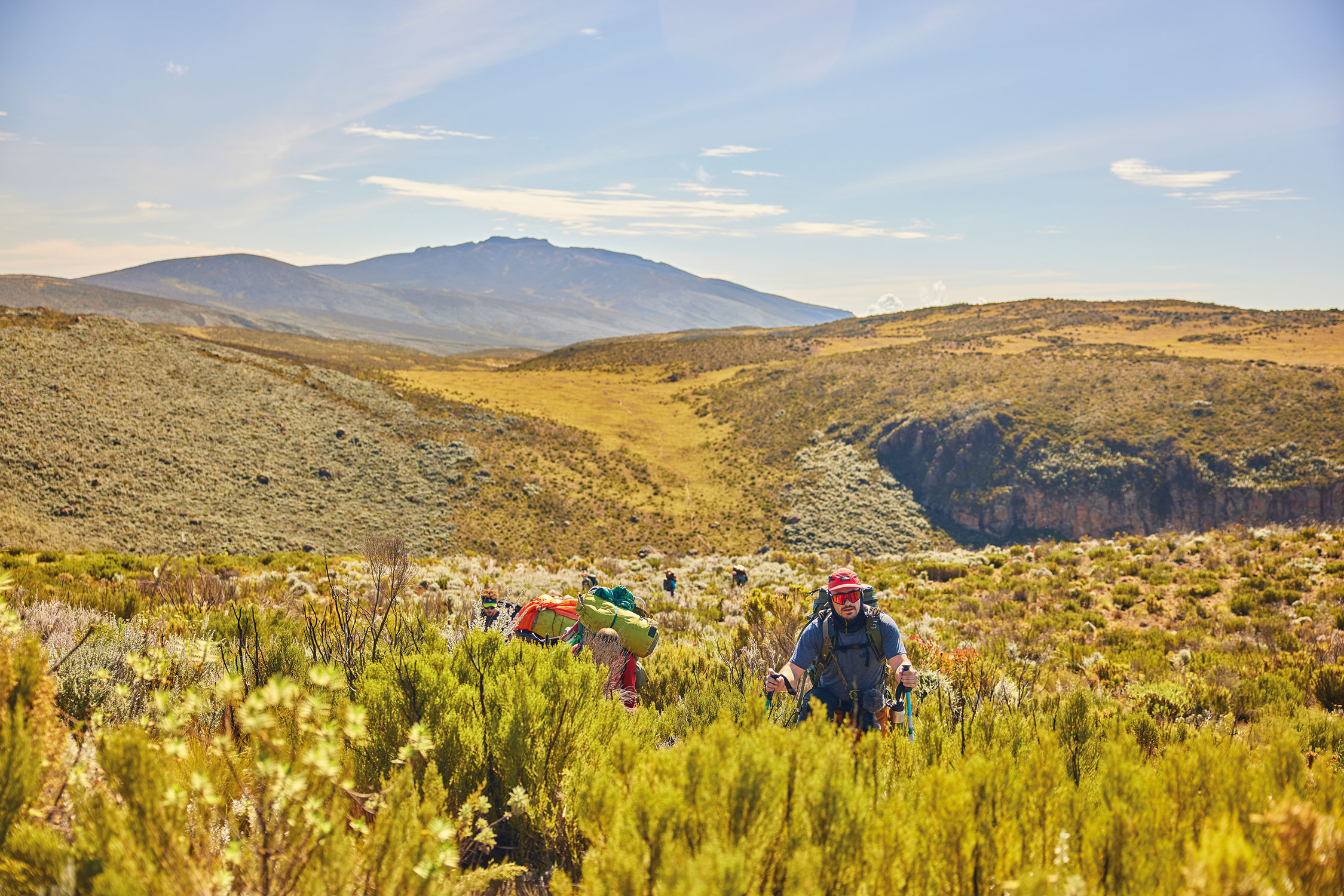
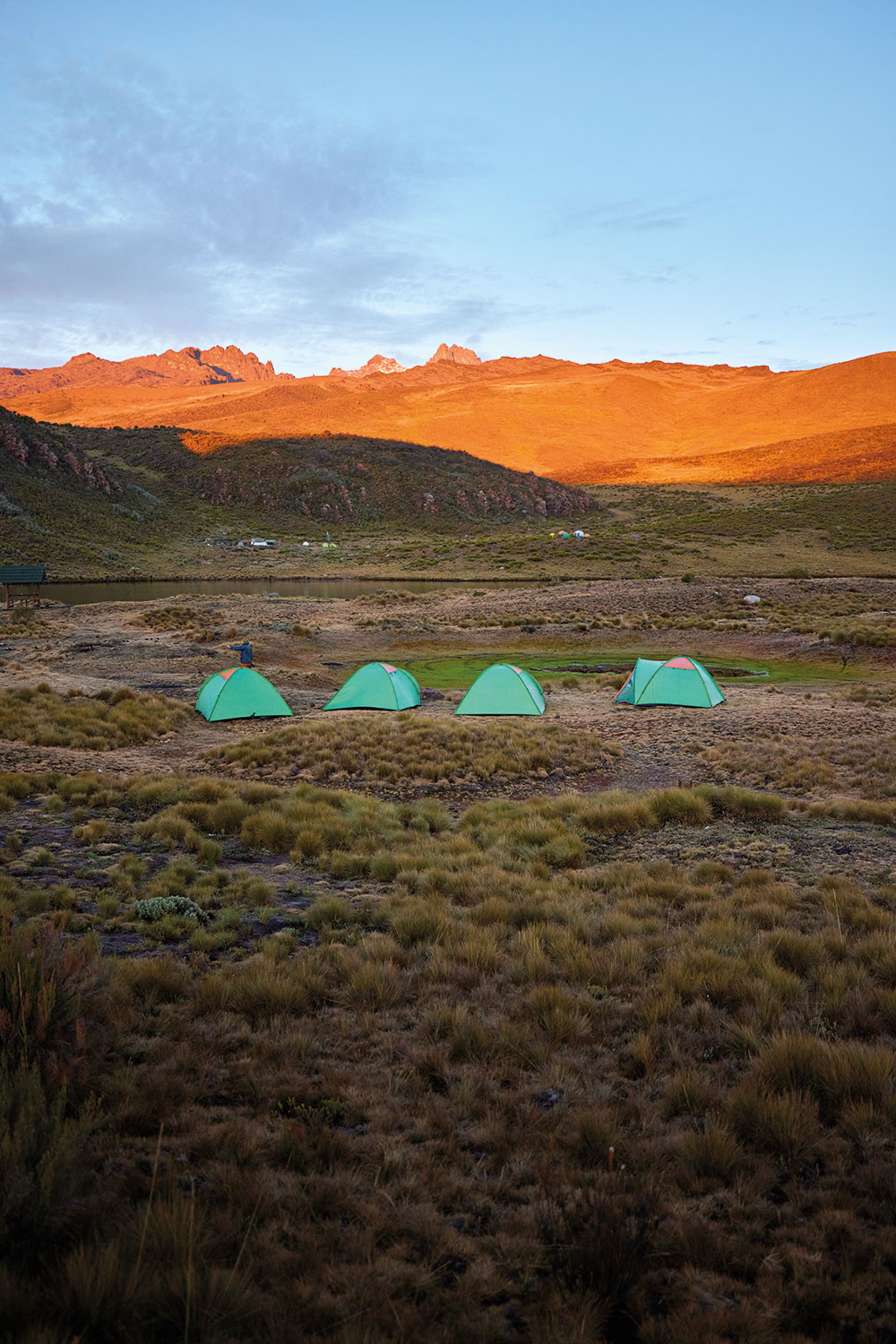

Did you succeed at the first attempt?
No, the first attempt failed, precisely because we had to give up halfway due to adverse weather conditions. In such a vast territory the weather stations are not widespread, and even with our Garmin devices we were not able to identify the right window of good weather with sufficient precision: it had to be extremely sunny and so it was for the approach trekking, which lasted five days, with a march that started at 2500 meters above sea level and which took us to the 4300 metres of Shipton Camp. From there we then made our first attempt one morning which in theory had to be beautiful, while instead it started to snow, there was wind, fog and then there were dense clouds that aroused a certain fear. Also because Mount Kenya is not part of a mountain range, but is a single mountain, of volcanic origin, in the middle of an endless plain, so you have a good visibility of what is around you and when we reached approximately 5000 we realized that the clouds were continuing to thicken and that a thunderstorm would probably break out shortly thereafter. We decided to go down: the storm in fact never came, but at that moment we preferred not to risk finding ourselves in difficult conditions.
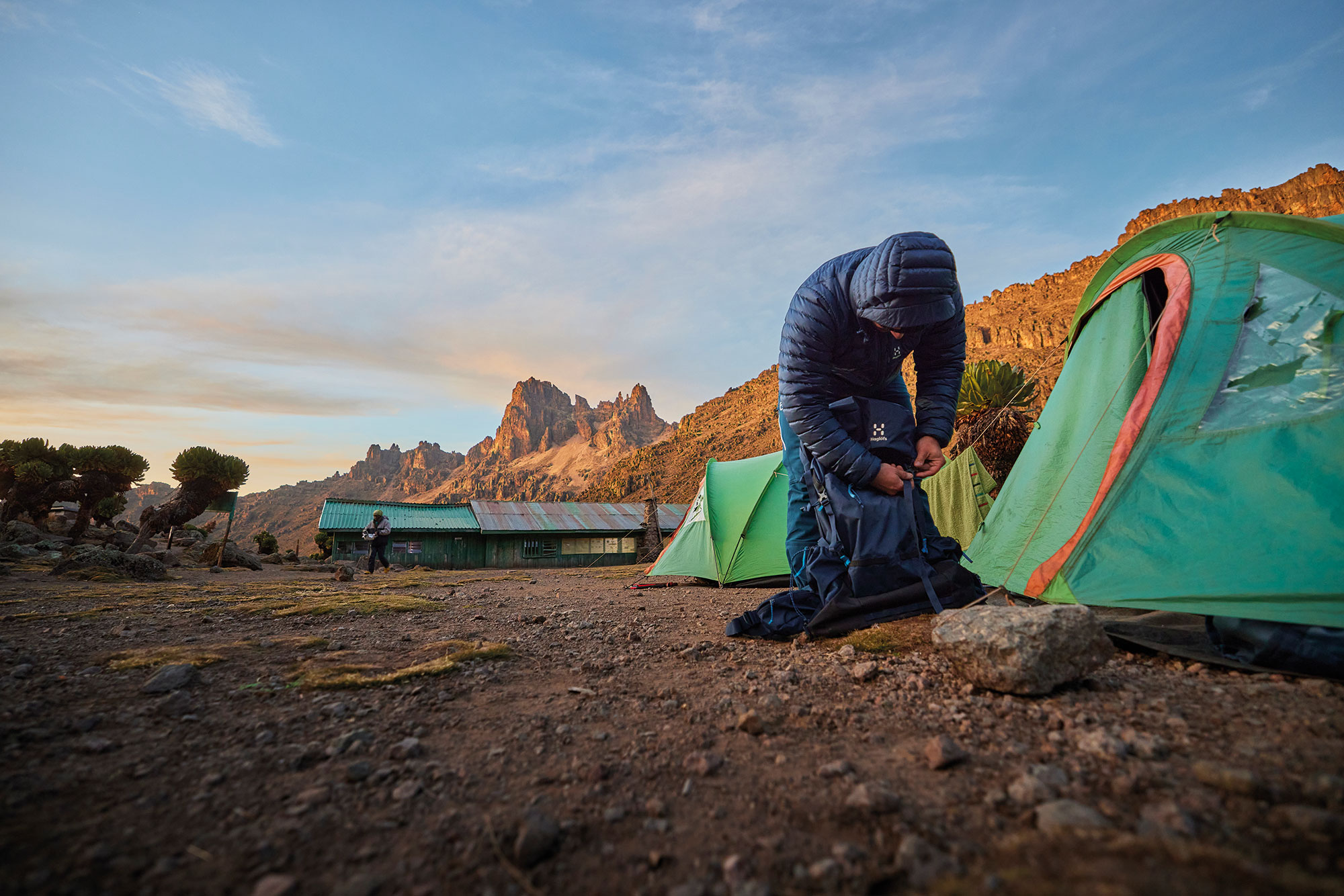
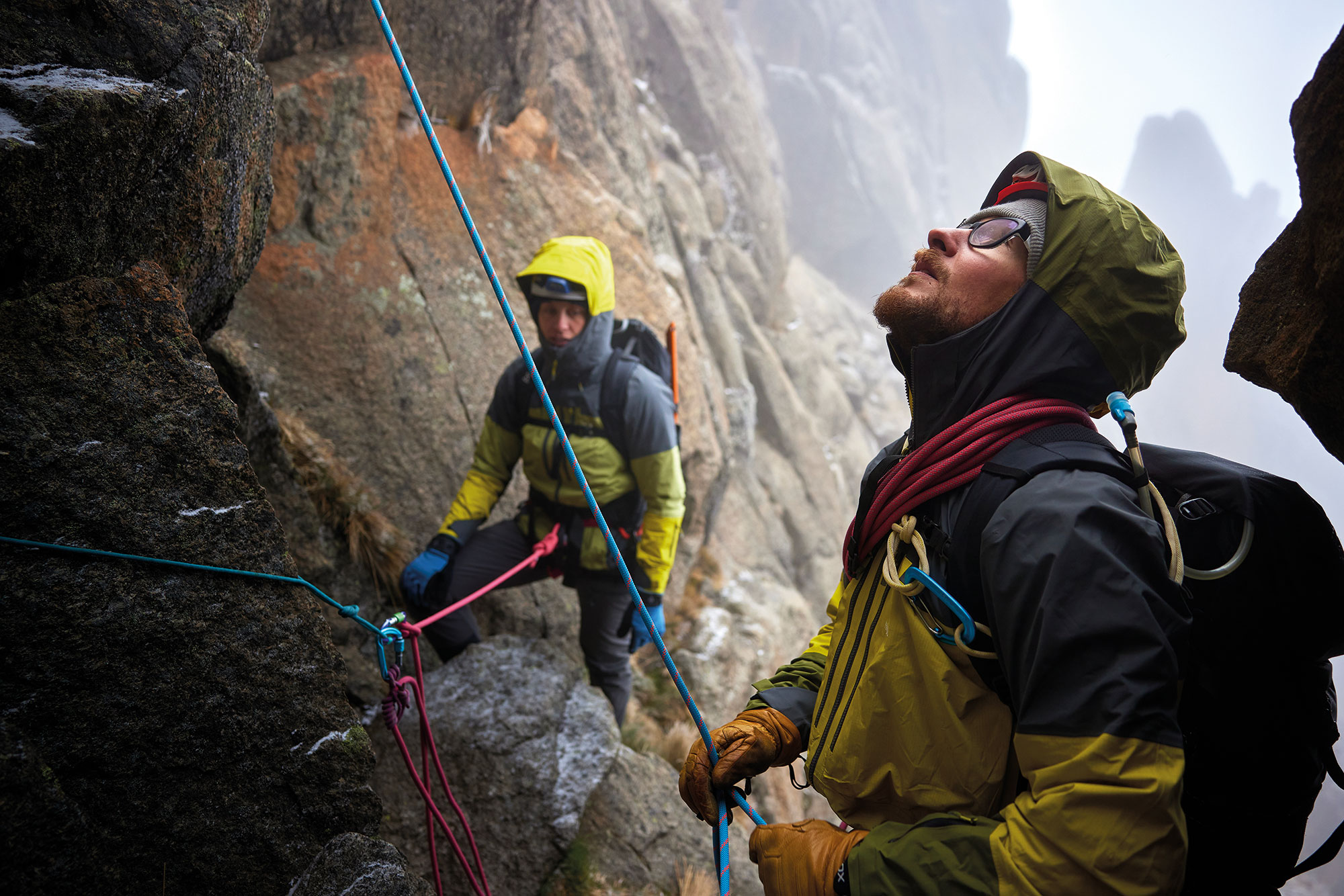
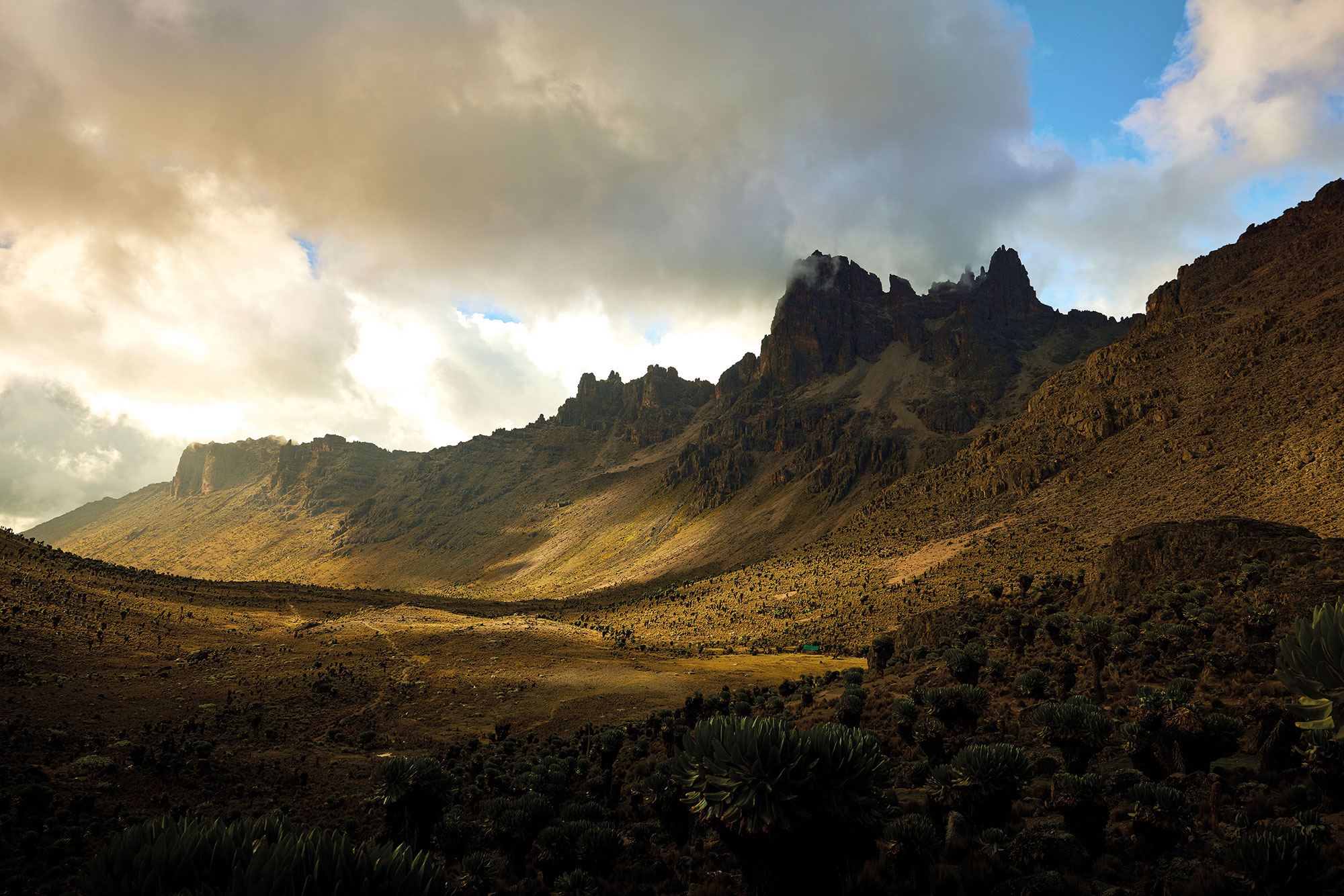
So the second attempt was the successful one.
Yes. At that point we decided to go around the massif, to climb on the other side of the mountain and try to reach the top three days later, in the last slot we had available before leaving. Paradoxically, the opposite happened there: the forecasts weren’t excellent, so we set the departure at four in the morning with little expectations other than to give our best; at eleven o’clock the previous evening there were very bad conditions, with a snowfall that also according to our local porters was an exceptional event. Fortunately, however, we were able to go up and also to return, taking advantage of a few hours of unexpected good weather: it started to rain five minutes after returning to base camp. The terrain helped us: we found perfect rock with difficulty that allowed us to proceed almost always in preservation, but the real reward of the day was the view. I have never seen a sunrise like that morning, and as we gradually gained altitude we could see panoramas that extended more and more towards an infinite number of green plains and hills. This climb is not in any top 10 in terms of difficulty or performance, but it made us understand how such an experience can be very rewarding without having to beat who knows what speed record or conquer who knows what grade.
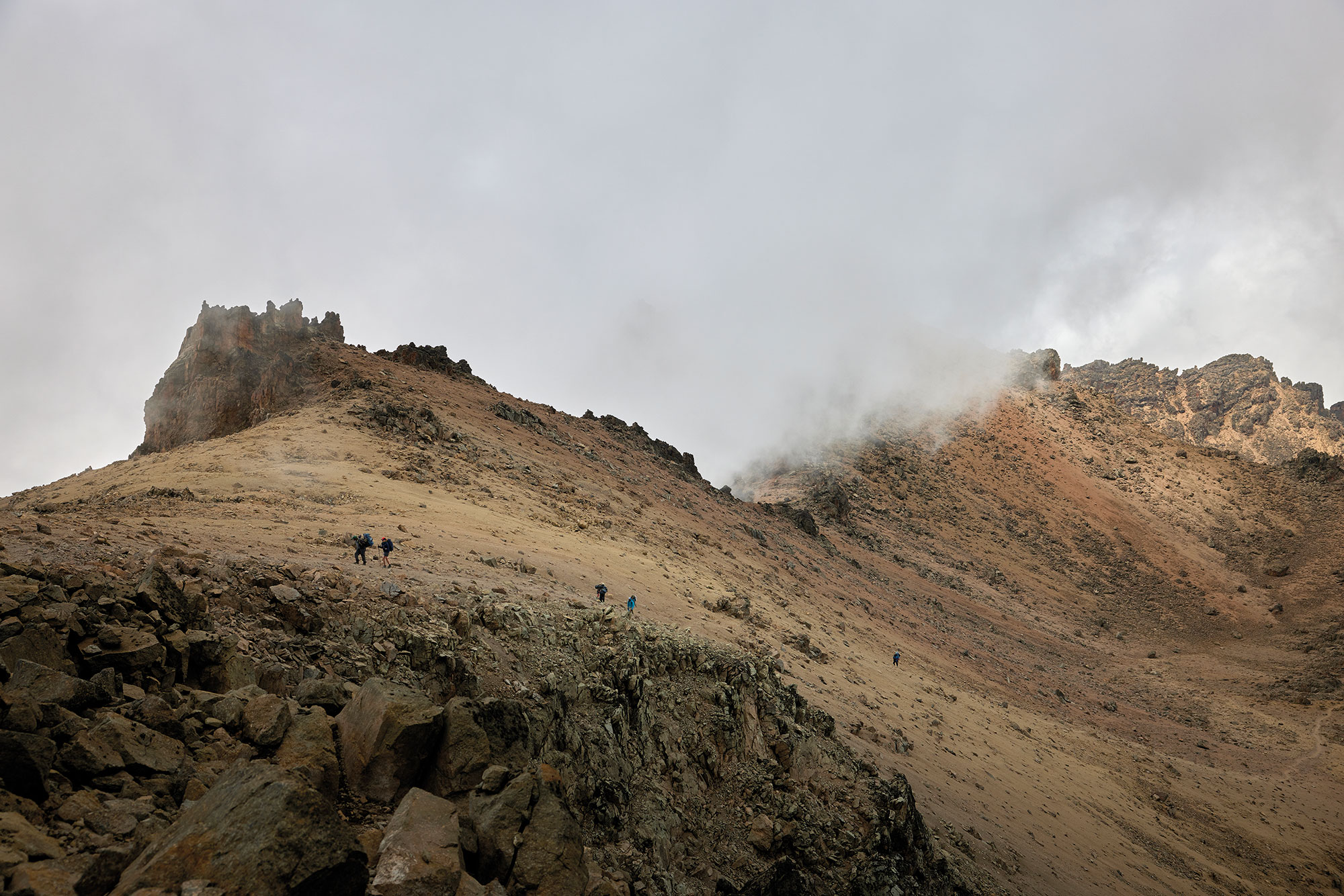
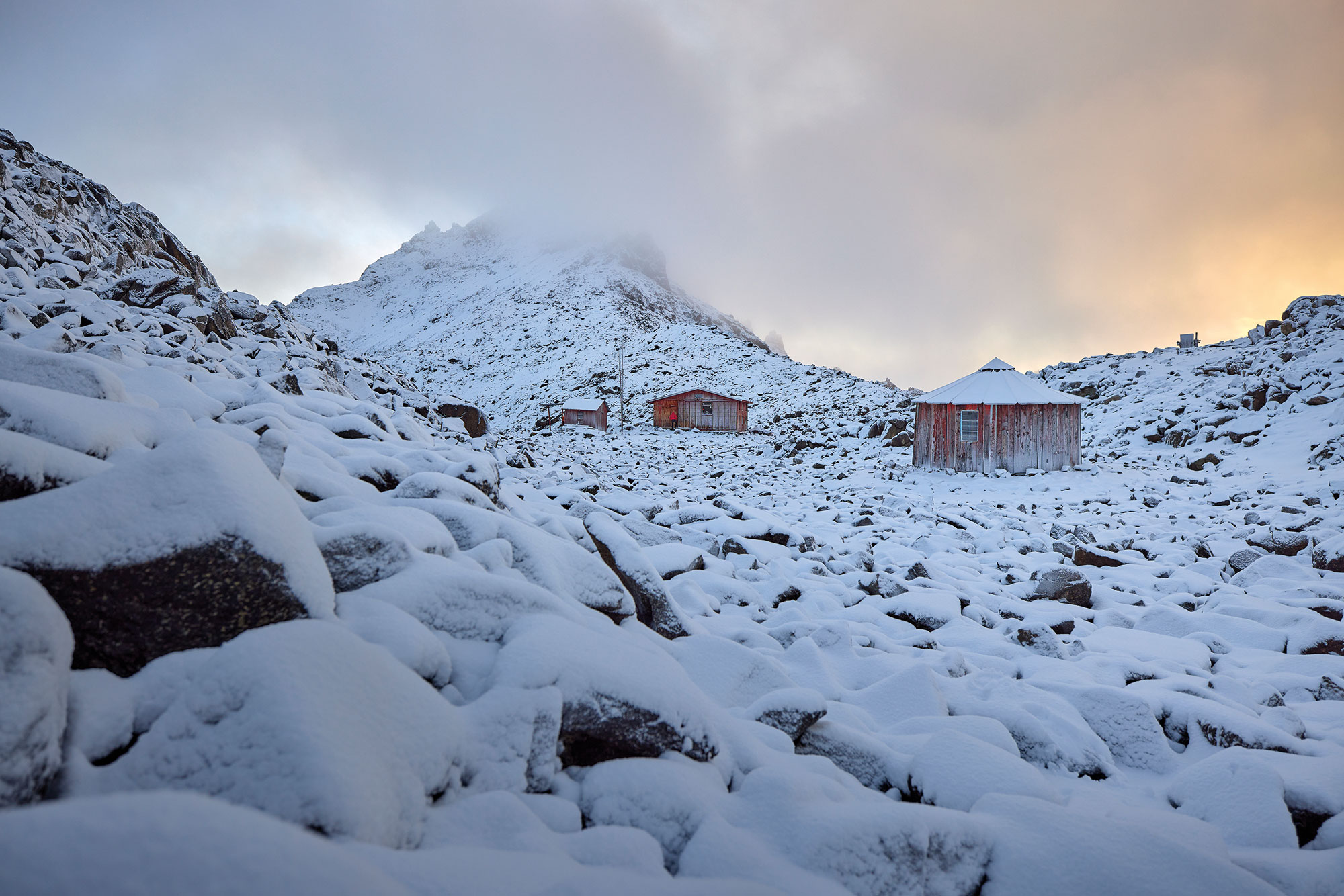
Lately, however, mountaineering has been taking the turn toward super performances.
Yes, and this is a shame: mountain activity in general is increasingly focused on the degree of difficulty or on speed. Our experience in Kenya was the opposite: there was no need to be confronted with those who had done it before, with those who took longer, with those who took less, we were there for the mere fact to want to live that experience thanks to our skills and our love for the mountains. I also talked a lot about it with the guys who were in Kenya with me: making mountaineering become a matter of grades or records is really an understatement, there are too many other things at stake and you can only enjoy them if you focuse on the experience itself, not on performance. And then every climb can be challenging, however you will always have decisions to take and evaluations to make: as in our case, it was not an expedition in which you run the risk of not returning, the ones that top mountaineers do, but a decision wrong would have been enough to turn the trip into a disaster.
Why did you choose Mount Kenya?
Mainly because I’m in love with Africa, it is a destination that I had in mind for a while, but Kilimanjaro interested me relatively because it is a very commercial peak. One day I was doing research for a safari and in the photos I always saw this lonely and sharp mountain, so I started to get better informed and the more I read, the more the idea of climbing to the top of it excited me. The fact that it is a little traveled destination makes everything more romantic, there is trekking around the massif, so we are talking about a slightly man-made area, but still waiting to be discovered. It is not a type of emblazoned and popular experience like climbing up to Everest base camp, before leaving I was able to find little information, both on the walking route and on the climbing part, and this triggered my instinct of explorer.
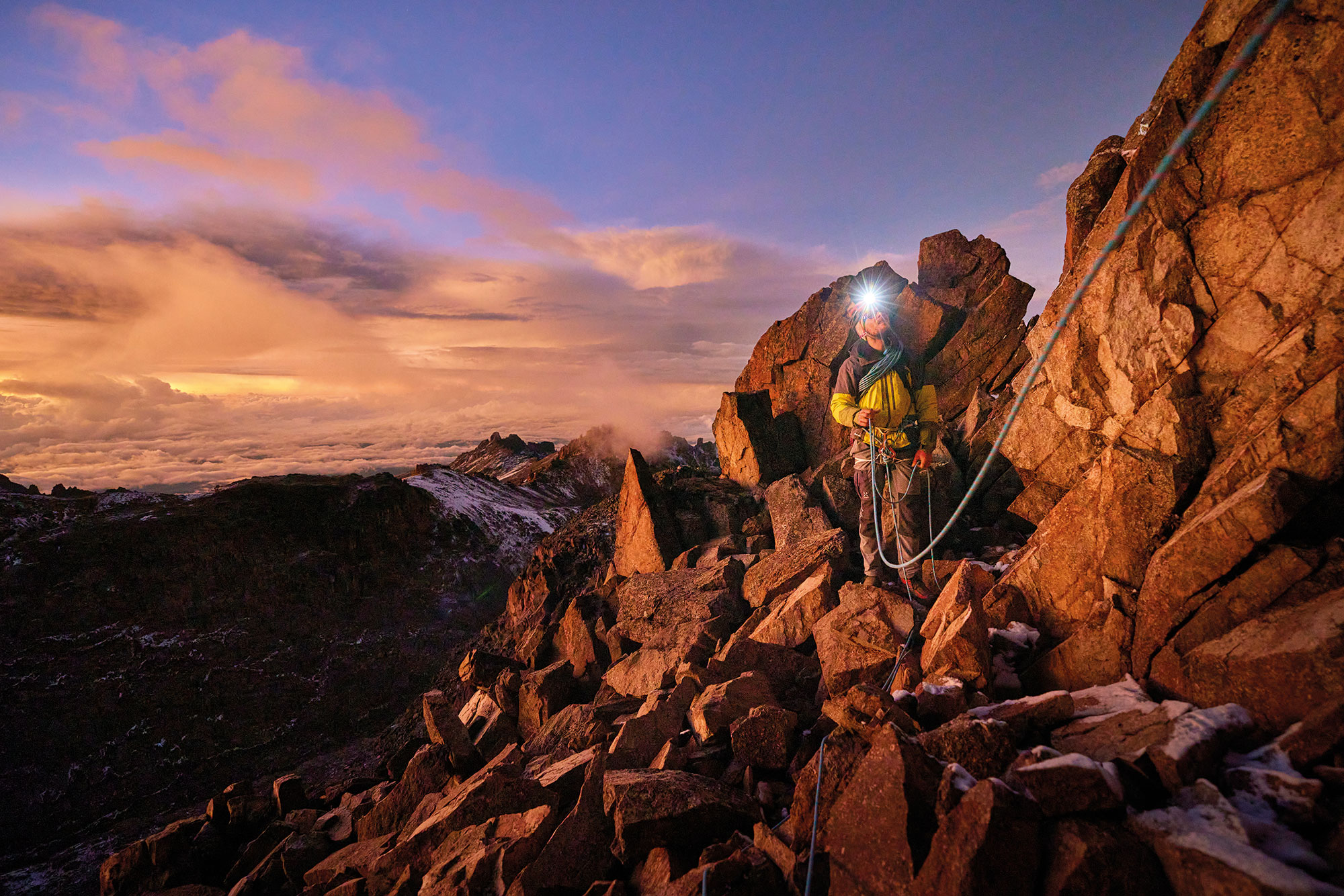
What about the practical organization of the expedition? What did you do exactly?
To organize this type of travel it is essential to put together the right team and finally last April I had the right opportunity, thanks also to Haglöfs, who supported the expedition as a sponsor. All four of us had never done anything together, but I personally knew each one of them from other expeditions and was lucky enough to be able to group them together. By putting everyone’s commitments together, we were able to leave in April, which for Kenya is not the best because it coincides with the rainy season, but this has perhaps made us understand that here in the Alps we are used to going out only in optimal conditions, while the experience connects you much more with the environment even if not all the conditions we would have liked to encounter are met.
You mentioned Kilimangiaro, in addition to the issue of performance, in the world of mountaineering and climbing right now there is a lot of hype also regarding missions, e.g. Seven Summits, or the fourteen eight-thousanders.
That’s true and it’s a shame, because what should be everyone’s personal experience is reduced to something to be achieved at all costs because it creates a status quo. It’s a bit like what happened with Instagram in my world, the one of photography: if you go to Iceland you have to take photos of those four places where everyone has been and which are the most famous. Doing the 14 eight-thousanders now is very fashionable and many do it literally at any cost, including environmental ones, and who cares about how I got to the top, or how I got to touch those fourteen peaks, perhaps arriving by helicopter to base camp. I’ve heard of people putting on crampons for the first time in their life right at Everest base camp. That’s too much. Because if it is true that the hype that has been around the mountain lately is causing many people to approach the values of mountaineering and the discovery of nature, the downside is that since it is now a trend, people who can afford it are willing to pay any amount to try the experience of climbing an eight-thousander. And in addition to causing environmental damage by exploiting certain places too much, all the charm of the unknown and exploration gets lost: for us it was very nice to have this experience in Kenya precisely because we arrived without really knowing what to expect.
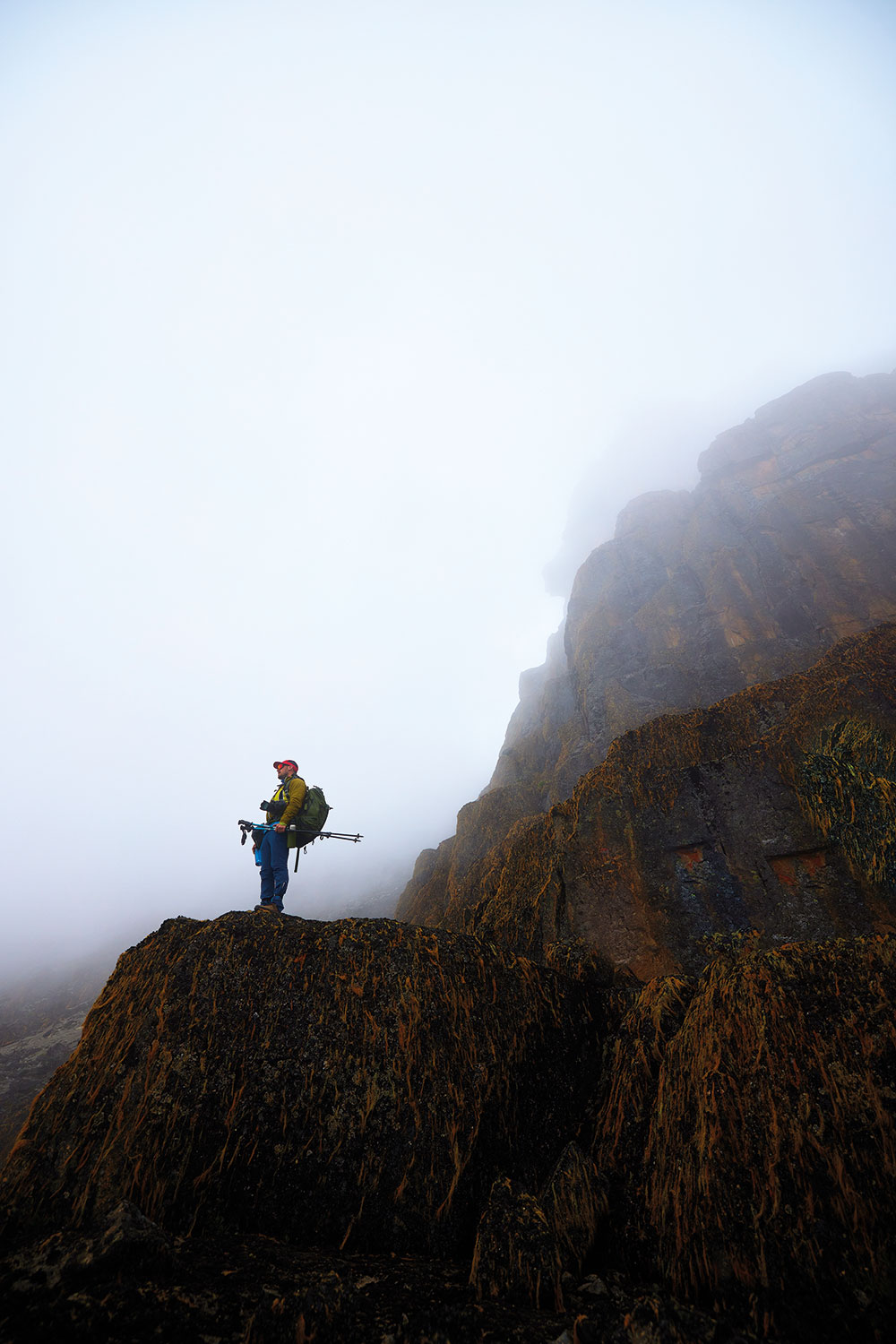

The problem, regarding the most popular destinations, is also the one of an excessive exploitation of the territory.
Exactly: there are places in Cordillera Blanca in Peru, in Nepal or Karakoram that look like landfills, so much is the waste that is left around by hikers. One of the things that positively surprised us about the ascension to Mount Kenya and that we experienced during the twelve days of travel is the extreme cleanliness we encountered.
How do you choose the destinations for your excursions?
For example also by reading The Pill! But in general I would say that the best strategy is to be very curious, certainly not looking for the profiles of those who have millions of followers, but perhaps following those who have a mountaineering style that we like, and then deepening, doing research. Today you can find a lot on the web, but also asking those who have been on a peak before us, documenting yourself, looking for maps of the areas where you want to go.

